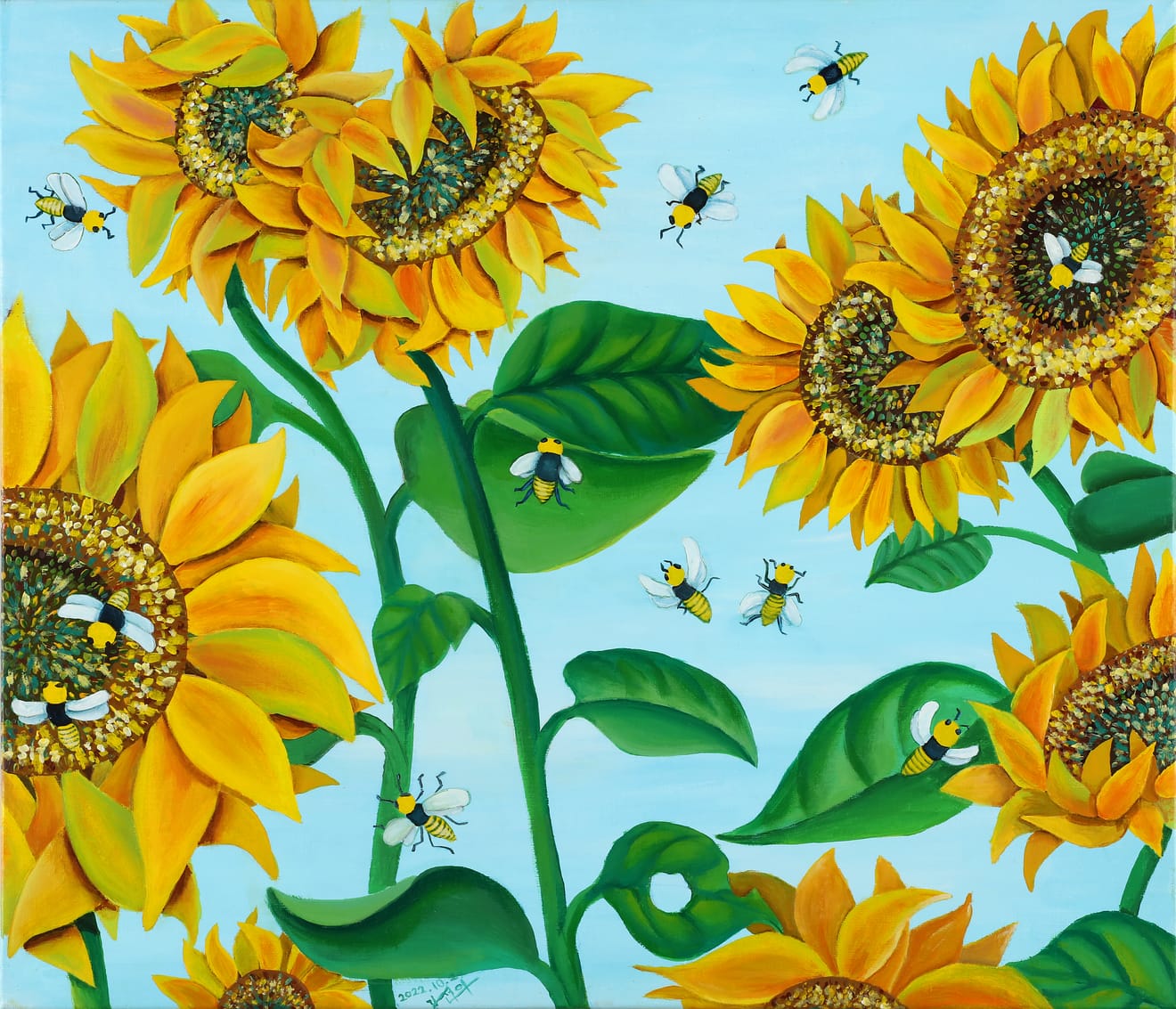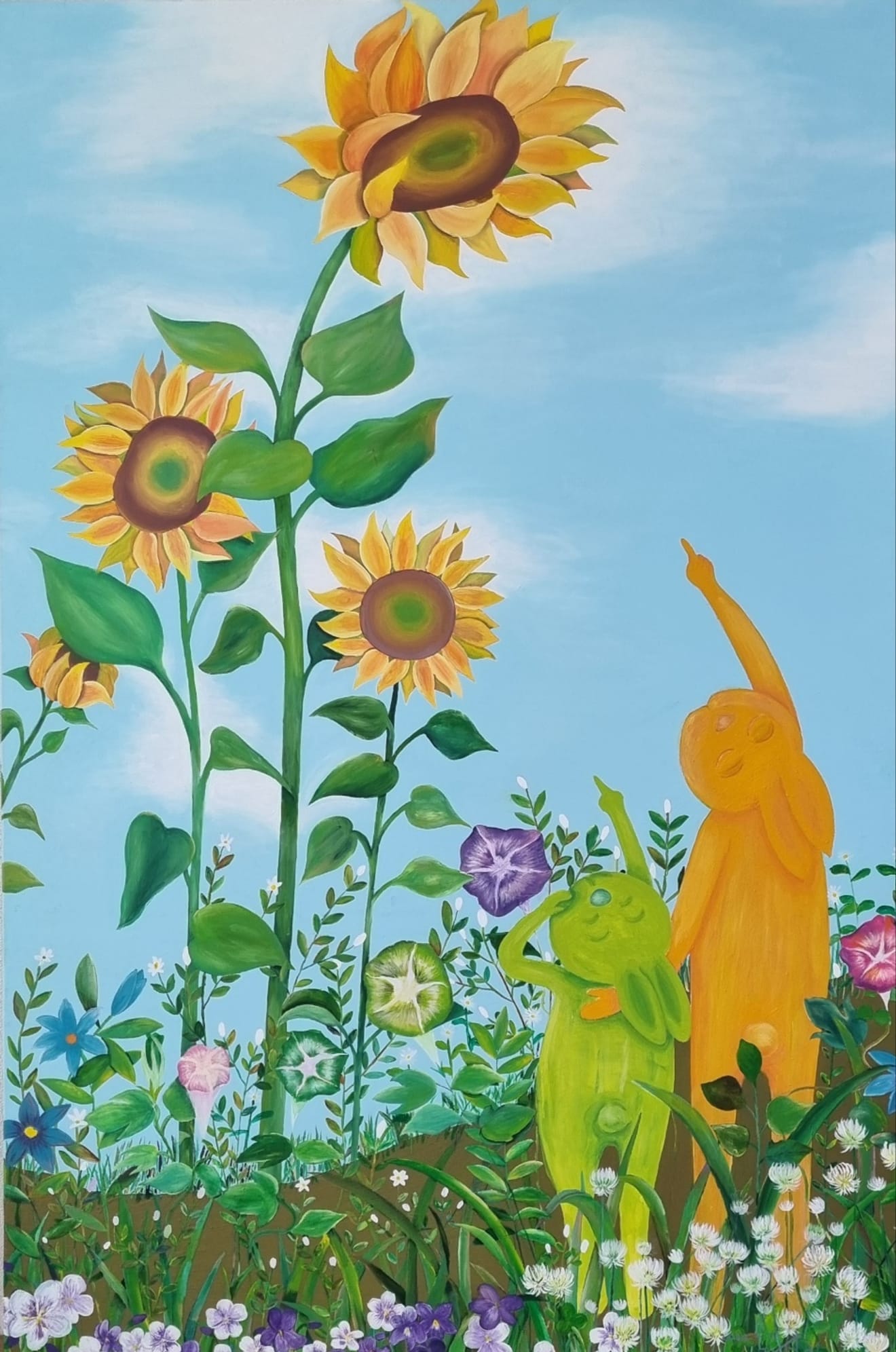- 장애인인식개선신문
- 장애인인식개선신문은 ‟장애인 인권, 권리, 차별, 복지, 교육, 고용, 문화,예술, 스포츠, 여행 등 장애인인식개선교육 과 관련된 다양한 정보를 제공합니다.‟지체장애,뇌병변장애,시각,청각,언어,지적,정신,자폐성,신장,심장,호흡기,간,안면,장루요루,뇌전증.회장:안중원/ 발행인:최봉혁
(Seoul = Disability Awareness News) Choi Bong-hyuk Columnist (AI·ESG·DX Convergence Expert, Workplace Disability Awareness Training Expert) = Kang Seon-a's mother, Park Jeong-sook, when Seon-a was 18 months old... If you could heal from the hurt you experienced during that time by repaying it three times over, would it be enough?~
My dad, mom, older daughter, and Seon-a, our youngest, were very happy raising our newborn.
As time went by, compared to her older sister who was born 17 months earlier, or other children her age, Seon-a experienced frequent illnesses.
In daily life, her language development was slow, and her cognitive abilities were also behind. As a mother raising her, I was busier, more tired, and exhausted than other mothers, and I fell asleep many days.
But still, I was happy. She was my own flesh and blood, and our youngest, and we embraced the 'unique meaning' she brought into our lives.
Once her crying started, nothing could soothe her, and she would cry for over an hour, until she was finally exhausted and stopped. Not knowing the reason behind her crying, her mother endlessly agonized over what to do with her child.
Every time this happened, I worried if there was something wrong with her... I tried to convince myself that she was just experiencing a developmental delay, nothing more.
One day, while I was feeling anxious, my older sister suggested that I take Seon-a for a medical checkup.
The doctor's opinion was that there was a high possibility of autism, and since Seon-a was 18 months old, I searched high and low for a doctor who was famous for treating autism and diligently visited him for almost two years.
When I met the doctor, I only had two questions. First, hoping that my child wasn't autistic, I asked if she was autistic or not.
Second, if she was autistic, could she fully recover if I raised her well?~ Since she was still young, even the doctors were hesitant to give a definite diagnosis.
They simply said that her development was significantly delayed compared to other children, so I should play with her diligently at home and, if possible, send her to a playgroup or daycare when she turned 3 or 4 years old.

At that time, I believed that Seon-a's developmental delay was entirely my fault, a mental illness caused by my mistakes, and I felt immense guilt and regret towards her.
So, I hugged her tightly and said, as if making a promise, "If I repay you three times over for the hurt you experienced from birth until you were 18 months old, will you get better?~"
But the reality was that I couldn't devote all my time to Seon-a.
Seon-a's older sister still needed a lot of care, so it was difficult for me to take care of both children properly.
Her older sister would cry and want to go outside to play, and Seon-a was sensitive to light, so she would cry every time we went outside. Even in the middle of summer, I would carry her in a baby carrier and cover her tightly with an adult's shirt, so she would be drenched in sweat, looking like she had just washed her hair.
People in the neighborhood didn't know what was going on and said things like, "It's been a while since you had her, why haven't you shown your baby's face?" If I tried to take off her heavily covered clothes, Seon-a would cry without fail.
When her older sister was happily playing with her friends in the playground, Seon-a would suddenly run out of the playground towards the parking lot. While I ran after her, her older sister couldn't find me and searched for me until it got dark, so we had to report it to the police, and my husband, who was at work, had to rush home. Finally, after many twists and turns, we were able to find her.
For others, these were insignificant events, but for our family, they were small incidents that made our hearts drop and filled our daily life with anxiety, like walking on thin ice.
After Seon-a was born, I wanted to raise both my daughters, who were born a year apart, beautifully, like twins, taking them to ballet classes and swimming pools. But it was just a fleeting dream. In fact, looking back now, it was incredibly daunting to handle a child with autism at 18 months old.
Kang Seon-a, the artist, during her artwork.
Seon-a's schedule at 18 months was incredibly packed.
In the mornings, she had cognitive and language development classes, and in the afternoons, she played outside with her older sister who came home from kindergarten.
In the evenings, she had her own mother's education program at home. It involved play-based learning activities like water play, building blocks, reading books, clay play, and playing in a ball pit.
My unique mother's education was a repetitive, play-based approach that catered to her developmental level. It involved seeing, hearing, touching, and experiencing with the body rather than just the mind.
Even though her future growth was uncertain, every time I saw a small improvement during those 730 days of repetitive, scheduled education for 365 days, I found hope and continued to live.
Having witnessed small improvements over time, one day, when she was 3 or 4 years old, Seon-a read Korean alphabet flashcards, identified the seven colors of a ball pit, and while playing in the living room, she ran to the bathroom and used the toilet herself. It was a miracle and a moment of immense gratitude for me as a mother.
Every day, she played with various colored dough made with food coloring and practiced coloring, cutting, and pasting activities, which strengthened her finger muscles. After the age of 7, her fingernails and toenails haven't been cut.
Even now, she's a pro at cracking nuts, including the shells of bank nuts and chestnuts, and she really enjoys eating them.
When she was 6, she was just coloring on a piece of paper like a child with colored paper, but then she said she drew Teletubbies and showed me her drawing. It was a rough sketch.
These miraculous events, seemingly unusual occurrences, were actually a result of continuous perceptual motor development within Seon-a's mind.
The time I spent struggling with Seon-a for 18 months, three times that duration, became the cornerstone of hope that suddenly appeared one day.
At school, every Monday, as part of the Christian school's mission and special activities, there was a morning worship service. She would arrive at school an hour early and enjoy singing and dancing to praise songs with her teachers and friends for three years.
Through her art club activities, she participated in annual art exhibitions and had her artwork displayed at the Seoul Citizens' Hall Art Product Corner.
Through pottery and craft classes, she made leather crafts and felt crafts. These items were sold at a gift shop that was part of the school's workshop, and she also received barista training at a cafe within the workshop and earned her certification.
As part of the parent volunteer program for barista classes, I also assisted with the classes for three years and earned my barista certification.
She received repetitive training in various social adaptation programs related to careers and participated in field trips to external organizations.
Through active participation in school life, such as performances on stage where all students could showcase their talents, inline skating competitions held after consistent practice for physical fitness, and track and field competitions held outside the school, Seon-a's overall development significantly improved in quality.
Therefore, Seon-a's artwork depicts her thoughts of friends and people she misses, stories she wants to share, and things she wants to do with them.
During her time at daycare, perhaps it was a crush, but she liked the sound of the handbell 'Fa' played by a boy, so she also liked eating leeks (파), and she associated her favorite rabbit character with the handbell sound 'Fa', clearly expressing her preference through her actions.
During her second solo exhibition, while painting four Christmas wreaths, she said she wanted to give them as gifts to her friends and acquaintances whom she missed and longed to see.
Honestly, she feels sad because she can't easily meet her friends and acquaintances from elementary and middle school.
Currently, her hobby and special talent of drawing have led to a career as an artist, fulfilling a hope many people share. It's truly a happy occasion.
My small steps have yielded fruitful results, and her awards are exceptional.
Artist Introduction
What began as a playful way to draw as part of her therapy and education naturally evolved into a hobby and artistic pursuit. Most of her works feature existing and original characters, meticulously recreating joyful experiences from her daily life with her unique spatial awareness, observation skills, and imagination. The joyful memories of riding amusement park rides, scenes from fairy tales, school events, watching sports, family gatherings, walks, and more are reimagined in her reality and imagination, with countless characters and protagonists' movements and expressions being recreated.
Education
Graduated from Miral School Advanced Course
Activities
Currently, an artist affiliated with Disabled
2023. 12: 'Summer Walk' Artwork Acquired by the National Museum of Modern and Contemporary Art's Art Bank
2017 ~ 2021: Participated in the 'Our Teacher Who Reads Books' Culture and Arts Education Program for Daycares
2021. 4: Participated in the SK Hynix Mural Design
2017. 4: Mural painting in the dining room of the Gangnam Disability Welfare Center
2016. 2: Illustrated 'O. Henry's Story' and 'Mind Puzzle' books

Kang Seon-a - Sunflower Memory - For purchase inquiries, contact 1004@dpi1004.com

Comments0